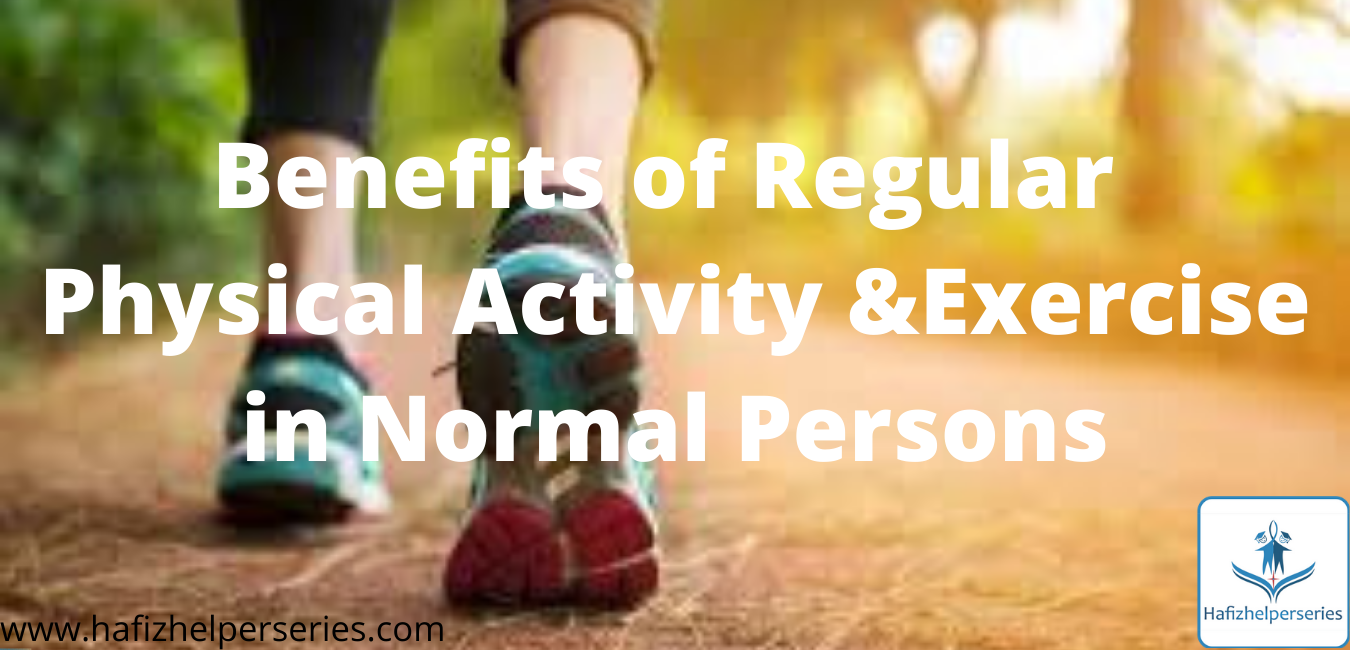Evidence to support the inverse relationship between physical activity and premature mortality, CVD/CAD, hypertension, stroke, osteoporosis, Type 2 diabetes mellitus, metabolic syndrome, obesity, colon cancer, breast cancer, depression, functional health, falls, and cognitive function continues to accumulate.
IMPROVEMENT IN CARDIOVASCULAR AND RESPIRATORY FUNCTION
- Increased maximal oxygen uptake resulting from both central an peripheral adaptations
- Decreased minute ventilation at a given absolute submaximal intensity
- Decreased myocardial oxygen cost for a given absolute submaximal intensity
- Decreased heart rate and blood pressure at a given submaximal intensity
- Increased capillary density in skeletal muscle
- Increased exercise threshold for the accumulation of lactate in the blood
- Increased exercise threshold for the onset of disease signs or symptoms (e.g., angina pectoris, ischemic ST-segment depression, claudication)
REDUCTION IN CARDIOVASCULAR DISEASE RISK FACTORS
- Reduced resting systolic/diastolic pressure
- Increased serum high-density lipoprotein cholesterol and decreased serum triglycerides
- Reduced total body fat, reduced intra-abdominal fat
- Reduced insulin needs, improved glucose tolerance
- Reduced blood platelet adhesiveness and aggregation
- Reduced inflammation
DECREASED MORBIDITY AND MORTALITY
- Primary prevention (i.e., interventions to prevent the initial occurrence)
- Higher activity and/or fitness levels are associated with lower death rates from coronary artery disease
- Higher activity and/or fitness levels are associated with lower incidence rates for CVD, CAD, stroke, Type 2 diabetes mellitus, metabolic syndrome, osteoporotic fractures, cancer of the colon and breast, and gallbladder disease
- Secondary prevention (i.e., interventions after a cardiac event to prevent another)
- Based on meta-analyses (i.e., pooled data across studies), cardiovascular and all-cause mortality are reduced in patients with post-myocardial infarction (MI) who participate in cardiac rehabilitation exercise training, especially as a component of multifactorial risk factor reduction
- Randomized controlled trials of cardiac rehabilitation exercise training involving patients with post-MI do not support a reduction in the rate of nonfatal reinfarction
OTHER BENEFITS
- Decreased anxiety and depression
- Improved cognitive function
- Enhanced physical function and independent living in older individuals
- Enhanced feelings of well-being
- Enhanced performance of work, recreational, and sport activities
- Reduced risk of falls and injuries from falls in older individuals
- Prevention or mitigation of functional limitations in older adults
- Effective therapy for many chronic diseases in older adults
Refrerrance:
ACSM’s Sports Medicine : A Comprehensive Review
Casa, Douglas J., Ph.d. (edt); St. Pierre, Patrick, M.d. (edt); O’connor, Francis G., M.d. (edt); Davis, Brian A., M.d. (edt); O Connor, F G
(Visited 91 times, 1 visits today)










